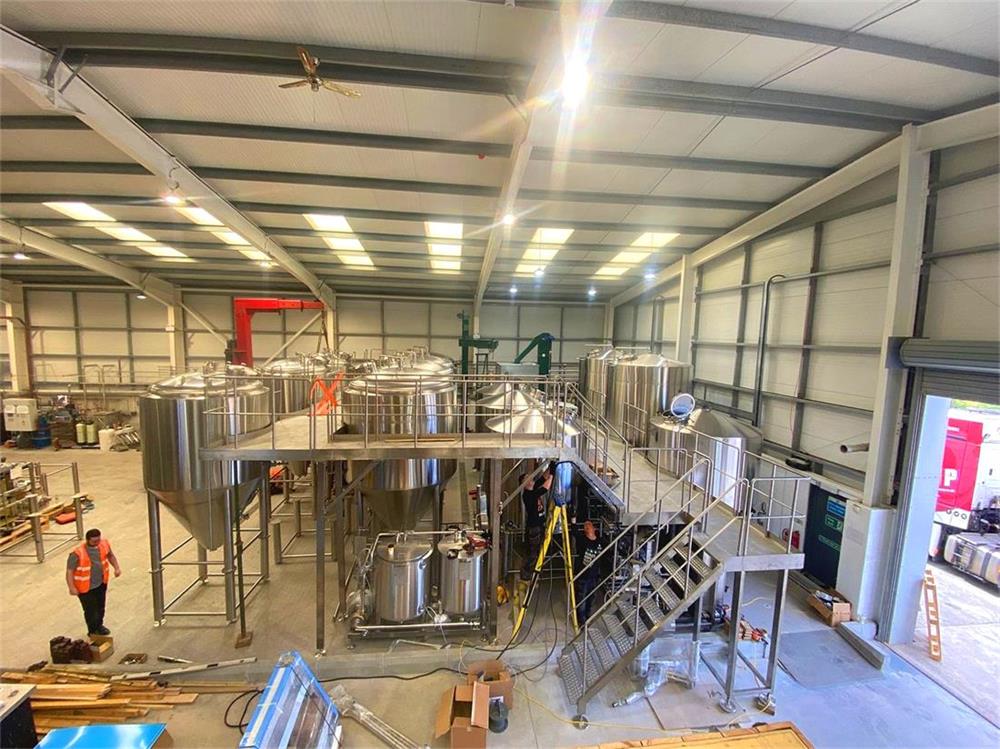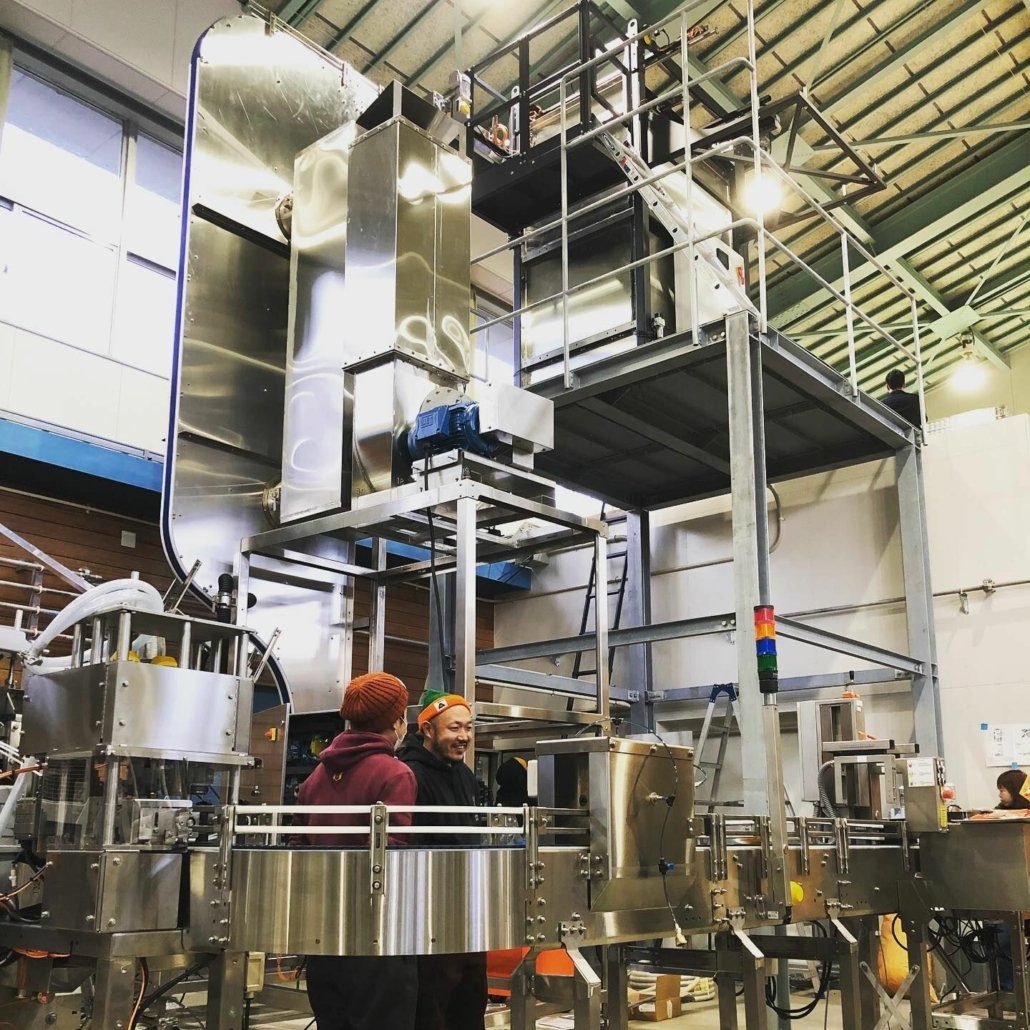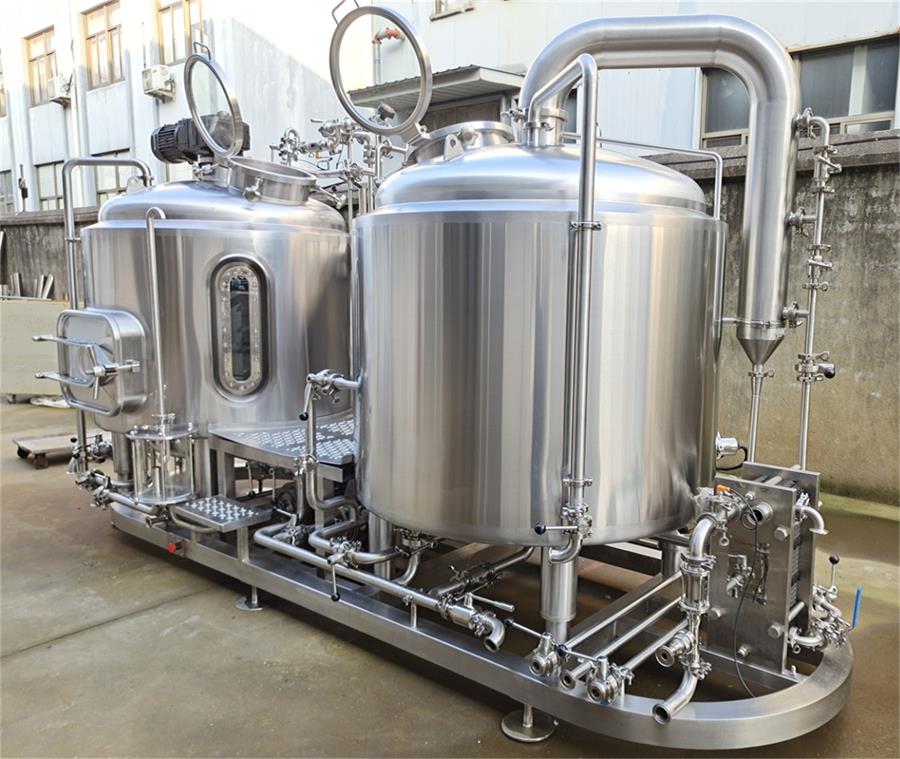Beer Brewed At Home
Overview: Why Brew Beer At Home?
Brewing beer at home is like cooking your favorite meal; it allows you to control every detail of the process. Whether you’re passionate about experimenting with flavors or simply want to save money in the long run, homebrewing offers numerous benefits. It’s creative, rewarding, and, let’s face it, pretty cool to say, “I made this beer myself.”
Key Benefits of Homebrewing:
- Cost-effectiveness: Over time, brewing at home can be cheaper than buying premium craft beers.
- Customization: Tailor your brew to your taste—bitter, sweet, strong, or light.
- Sustainability: Reduce packaging waste by reusing bottles and equipment.

The Brewing Process: Step-by-Step
The beer brewing process can seem overwhelming at first, but breaking it down into steps makes it manageable. Here’s a simplified version of what you’ll do:
1. Preparation and Sanitization
Sanitation is your best friend. Cleanliness ensures no unwanted bacteria spoil your beer. All equipment—fermenters, spoons, airlocks—must be sterilized.
2. Malting and Mashing
Malting involves soaking barley grains to activate enzymes. During mashing, these grains are steeped in hot water to convert starches into fermentable sugars. It’s like steeping tea but with grains!
3. Boiling
The sugary liquid (wort) is boiled with hops for flavor and preservation. Want a hoppy IPA? Add more hops!
4. Cooling and Fermentation
Cool the wort quickly and transfer it to a fermenter. Yeast is added, and the real magic begins—sugars are transformed into alcohol and carbonation.
5. Bottling
Once fermentation is complete (usually 1-2 weeks), transfer the beer to bottles with a bit of priming sugar to carbonate. Then, wait (patiently!) for a few weeks before tasting your masterpiece.
Troubleshooting Common Issues with Beer Fermenters
Homebrewing can be a learning curve, and troubleshooting is part of the fun. Here are common problems and their fixes:
Off-Flavors in Beer
- Cause: Poor sanitation or incorrect fermentation temperature.
- Solution: Always sanitize equipment and maintain a stable fermentation environment.
Flat Beer
- Cause: Insufficient priming sugar or poor bottle sealing.
- Solution: Double-check priming measurements and ensure bottles are sealed tightly.
Stuck Fermentation
- Cause: Inactive yeast due to temperature extremes.
- Solution: Rehydrate yeast properly and keep fermentation temperatures consistent.
Choosing the Right Equipment for Homebrewing
Picking the right equipment is essential for success. Below is a detailed comparison table of key equipment options.
| Equipment | Capacity | Space Needed | Design Features | Customization Options |
|---|---|---|---|---|
| Fermenters | 5–10 gallons | Minimal | Air-tight lids, airlock ports | Glass or plastic; various sizes |
| Brewing Kettles | 5–15 gallons | Moderate | Stainless steel, spigot options | Thermometer integration available |
| Bottle Capper | N/A | Compact | Manual or automatic operation | Adjustable to bottle size |






Suppliers and Price Range for Equipment
It’s important to choose reliable suppliers for your brewing gear. Here’s a quick comparison:
| Supplier | Price Range | Shipping Options | Customer Reviews |
|---|---|---|---|
| BrewMaster Co. | $50–$500 | Free for orders $100+ | 4.8/5 (Excellent) |
| Hoppy Supplies | $40–$450 | Paid Express Options | 4.5/5 (Very Good) |
| Homebrew Heaven | $60–$600 | International | 4.6/5 (Great) |
Installation, Operation, and Maintenance
Here’s what you need to know about setting up and caring for your brewing equipment:
| Step | Details |
|---|---|
| Installation | Assemble fermenters, attach airlocks, test seals. |
| Operation | Follow recipes, monitor temperatures, and timing. |
| Maintenance | Clean equipment after every use, inspect for wear. |
How to Choose the Best Supplier
Selecting a supplier can feel overwhelming, but consider these factors:
- Reputation: Look for suppliers with consistently high reviews.
- Support: Choose suppliers who offer customer service or brewing advice.
- Value: Don’t just go for the cheapest option; balance cost with quality.

Advantages and Limitations of Brewing At Home
| Feature | Advantages | Limitations |
|---|---|---|
| Cost | Cheaper per bottle in the long run. | Initial setup costs can be high. |
| Flavor Control | Full creative freedom. | Requires skill and experimentation. |
| Equipment Maintenance | Long-lasting with proper care. | Time-consuming cleaning required. |
FAQs
| Question | Answer |
|---|---|
| What’s the easiest beer to brew at home? | Ales are typically easier due to their forgiving fermentation requirements. |
| How long does it take to brew beer? | Around 4–6 weeks, depending on the type of beer and fermentation process. |
| Is homebrewing legal? | Yes, in most countries and states, but check local laws to ensure compliance. |
| What’s the most common beginner mistake? | Skipping sanitization. Cleanliness is critical for avoiding off-flavors. |
| Can I brew without special equipment? | While possible, specialized equipment ensures better results and consistency. |
Brewing beer at home is not just about making a drink—it’s about creating an experience. With the right equipment, knowledge, and a bit of patience, you can enjoy the satisfaction of sipping a beer crafted with your own hands. So why not start today? Your perfect brew is just a few steps away!


